Picture Of The Day - January 11, 2019

Picture of the day - January 11, 2019
Large storm swirls in the atmosphere of a gas giant.
More Posts from Sharkspaceengine and Others

Picture of the day 2 - November 27, 2018
Tranquil brown ice-giant.
Space Engine System ID: RS 5581-42-7-615383-4492 8

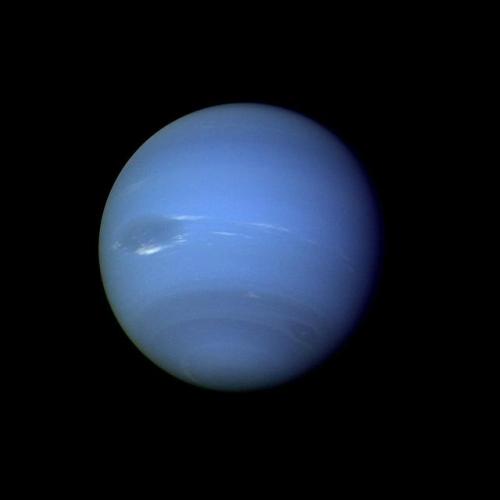
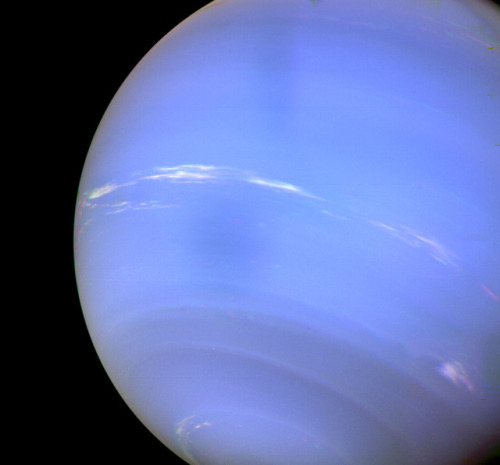
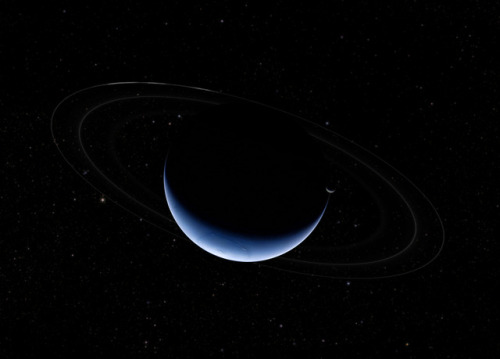
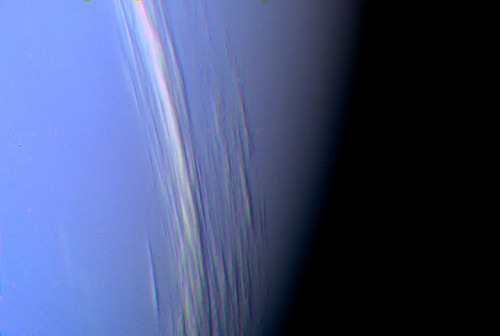
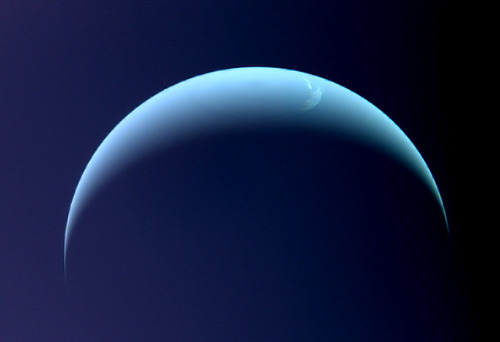
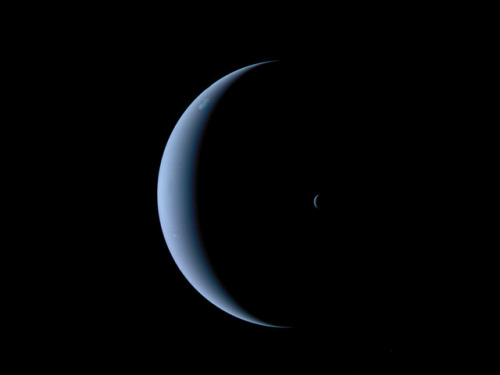
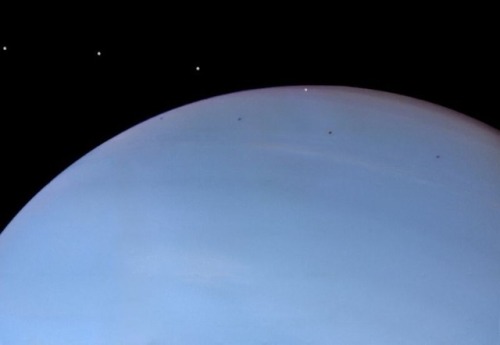
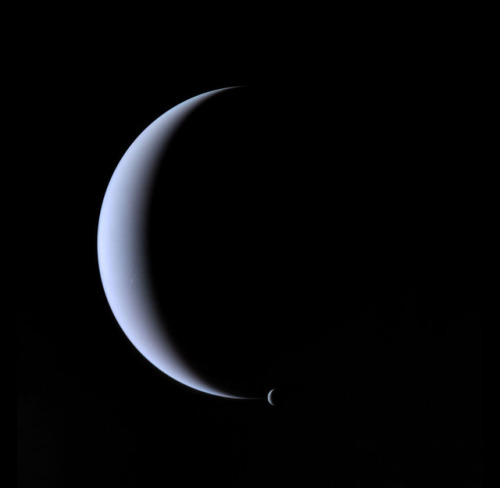
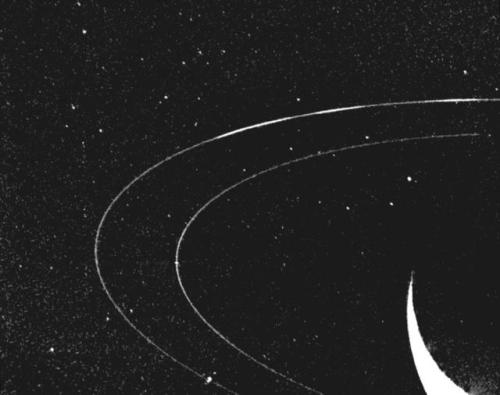
Neptune ♆
On this day in 1846 was discovered the planet Neptune.
The ice giant Neptune was the first planet located through mathematical predictions rather than through regular observations of the sky. (Galileo had recorded it as a fixed star during observations with his small telescope in 1612 and 1613.) When Uranus didn’t travel exactly as astronomers expected it to, a French mathematician, Urbain Joseph Le Verrier, proposed the position and mass of another as yet unknown planet that could cause the observed changes to Uranus’ orbit. After being ignored by French astronomers, Le Verrier sent his predictions to Johann Gottfried Galle at the Berlin Observatory, who found Neptune on his first night of searching in 1846. Seventeen days later, its largest moon, Triton, was also discovered.
Neptune is invisible to the naked eye because of its extreme distance from Earth. Interestingly, the highly eccentric orbit of the dwarf planet Pluto brings Pluto inside Neptune’s orbit for a 20-year period out of every 248 Earth years. Pluto can never crash into Neptune, though, because for every three laps Neptune takes around the Sun, Pluto makes two. This repeating pattern prevents close approaches of the two bodies.
Nearly 4.5 billion kilometers (2.8 billion miles) from the Sun, Neptune orbits the Sun once every 165 years.
Uranus’ blue-green color is also the result of atmospheric methane, but Neptune is a more vivid, brighter blue, so there must be an unknown component that causes the more intense color.
Despite its great distance and low energy input from the Sun, Neptune’s winds can be three times stronger than Jupiter’s and nine times stronger than Earth’s.
Winds on Neptune travel faster than the speed of sound.
In 1989, Voyager 2 tracked a large, oval-shaped, dark storm in Neptune’s southern hemisphere. This “Great Dark Spot” was large enough to contain the entire Earth.
Neptune has five known rings. Voyager 2’s observations confirmed that these unusual rings are not uniform but have four thick regions (clumps of dust) called arcs. The rings are thought to be relatively young and short-lived.
Neptune has 14 known moons, six of which were discovered by Voyager 2.
Triton, Neptune’s largest moon, orbits the planet in the opposite direction compared with the rest of the moons, suggesting that it may have been captured by Neptune in the distant past.
To know more about the planet Neptune click here and here.
Images credit: NASA/JPL- Caltech (some images processed by Kevin M. Gill)
Another Moon Shot

Picture of the day - October 26, 2018
A large moon against the backdrop of a stunningly colorful gas giant and it’s rings.

Picture of the Day - January 4, 2019
A hot desert-world with exotic land-based life.
Space Engine System ID: RS 5613-2267-7-1038156-494 A3 to visit the world in Space Engine.
Vibrant Rings

Picture of the Day - November 1, 2018
I’ve decided to move closer to home and am now exploring the Large Magellanic Cloud Galaxy. You’ll see in numerous pictures the Milky Way in the background covering almost a quarter of the sky in some locations
First picture from the new galaxy a ringed ice-giant with a colorful ring system.




Pictures of the day - February 10, 2019 (Late post).
Montage of lunar skies.

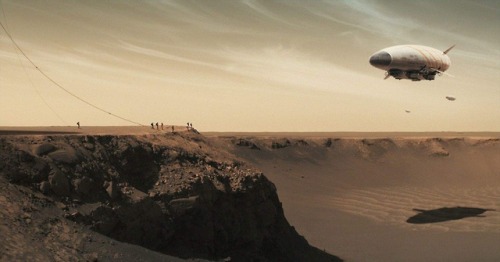
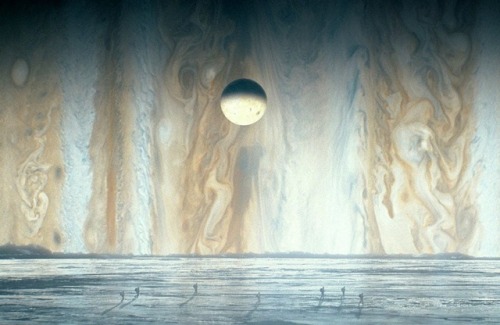

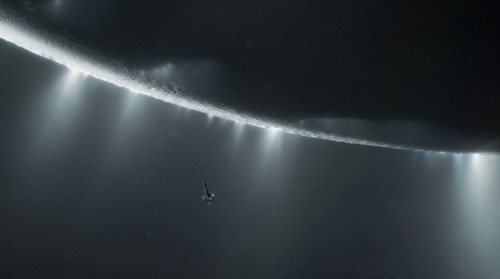
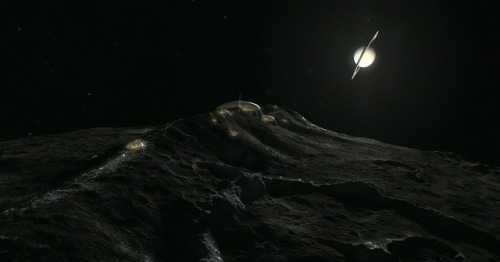
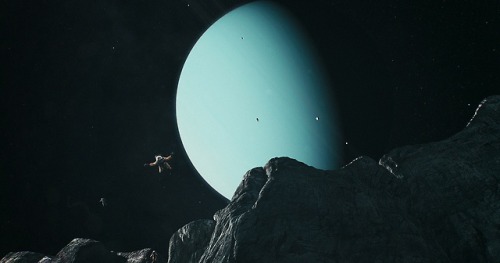
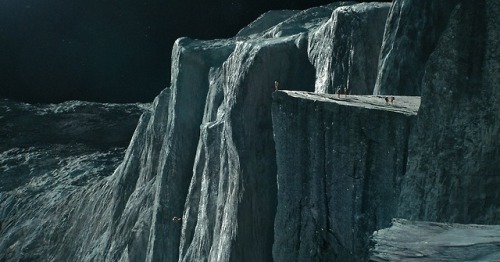

Will we one day explore the worlds of our solar system? How long will this take?
We have a diversity of worlds in our solar system. Majestic places…
Imagine being able to visit Mars and its hostile climate. Imagine being able to visit the moons of Jupiter, observe Io: the volcanic moon, Europa, the frozen moon and Ganymede a moon larger than Mercury itself and that has its own magnetic field. Imagine visiting the moons of Saturn and maybe passing close to your rings… Imagine orbiting or floating through Titan’s atmosphere and closely watching its lakes and seas of methane and liquid ethane. Imagine getting to know the geysers of Enceladus, the valleys of Tethys, and the craters of Mimas… Imagine being able to see the moons of Uranus and have a view of Verona Rupes, the largest cliff of the solar system, located in Miranda. Imagine being able to be in Triton and to be able to observe the cold and azualdo Neptune in the sky…


Pictures of the Day - February 8, 2019 - (Late Post)
Weird red-tinted ice giant orbiting Bernard's Star viewed from the surface of several of it's asteroid moons.





Pictures of the day - December 19, 2018
Insight A System - Fourth Planet (Insight A-IV)
Insight A-IV is the fourth and largest planet orbiting Insight A. It is a large ice giant planet with a mass 41.38 times that of Earth and a diameter of 4.41 Earths. The planet has a hot atmosphere with a temperature of 297 F, which is dominated by hydrogen and helium. Additionally, a single large moon orbits the planet alongside 13 smaller asteroid-like satellites.
The planet orbits it’s sun at an average distance of 0.36 AU, completing an orbit once every 72.17 Earth Days. The planet is not tidally locked, but has a slow rotational rate of 288.70 Earth days, resulting in solar days that last 96.23 Earth days.
High Resolution Pictures
Insight A-IV
Stormy North Pole
Setting Sun
Crescents
View from the moon
-
 evenglitterfadestodust liked this · 6 years ago
evenglitterfadestodust liked this · 6 years ago -
 piqselphoto liked this · 6 years ago
piqselphoto liked this · 6 years ago -
 thisissakib liked this · 6 years ago
thisissakib liked this · 6 years ago -
 harmonicgamingangel22blog liked this · 6 years ago
harmonicgamingangel22blog liked this · 6 years ago -
 kombuchacorture reblogged this · 6 years ago
kombuchacorture reblogged this · 6 years ago -
 sharkspaceengine reblogged this · 6 years ago
sharkspaceengine reblogged this · 6 years ago
My Space Engine Adventures, also any space related topic or news. www.spaceengine.org to download space engine. The game is free by the way. Please feel free to ask me anything, provide suggestions on systems to visit or post any space related topic.Check out my other blog https://bunsandsharks.tumblr.com for rabbit and shark blog.
294 posts
